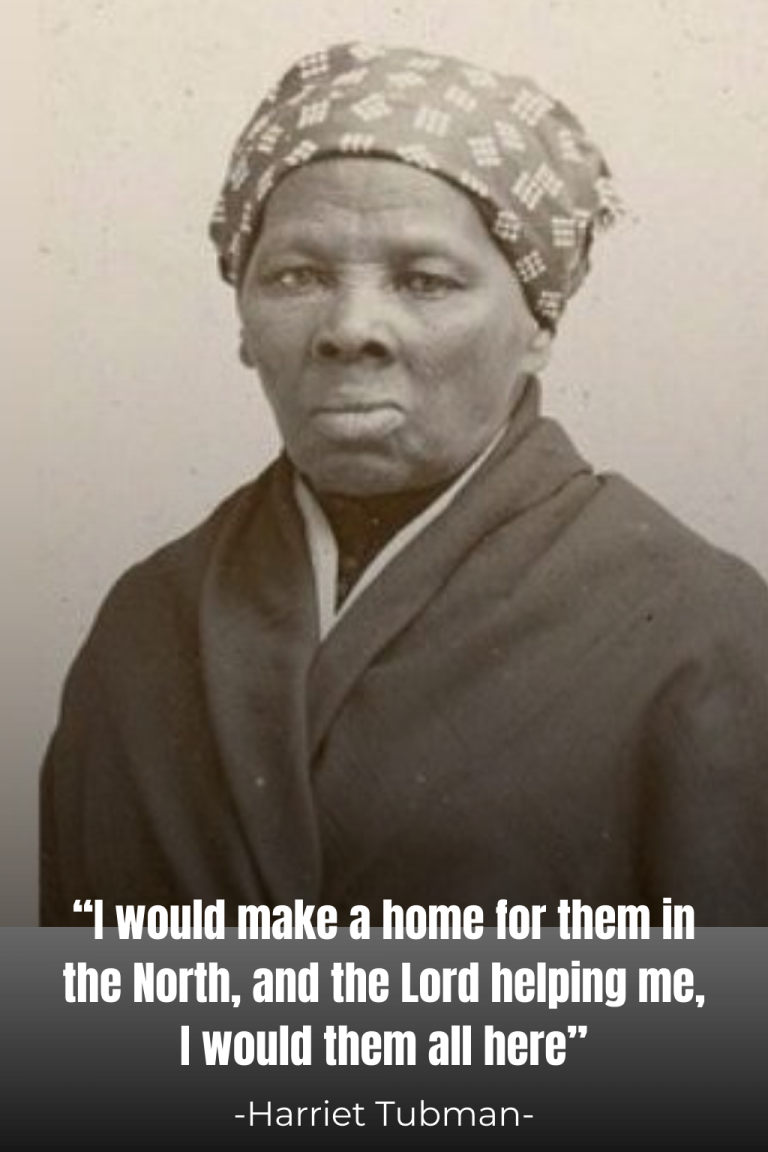Mary Shelley and the Haunting Shadow of Death
Mary Shelley – the English novelist who gave the world Frankenstein – did not only create a masterpiece that gave birth to science fiction. She poured into its pages the sorrow and grief carved into her own life.
From the moment she was born, loss clung to her. Her mother – the pioneering philosopher and feminist Mary Wollstonecraft – died just eleven days after giving birth. Mary grew up with the presence of a mother she never knew, meeting her only through books and memories retold by others. That absence became an unhealed wound at the heart of her childhood.
Fate, however, had more cruelty in store. After marrying the Romantic poet Percy Bysshe Shelley, Mary endured a series of devastating tragedies: her first daughter died only a few weeks after birth, followed by the deaths of two more children in later years. Each empty cradle, each silence where a child’s laughter should have been, deepened her despair.

It was amid these shadows of grief that Mary conceived Frankenstein, or The Modern Prometheus (1818). The tale of Victor Frankenstein and his abandoned creation was more than a warning about the dangers of unchecked ambition—it was an echo of Mary’s own anguish. The Creature, desperate for love yet condemned to loneliness, mirrored her own losses: a child bereft of its mother, a mother bereft of her children.
Mary Shelley lived her life in the company of death’s shadow. And yet, she transformed that pain into art. Frankenstein is not merely a Gothic horror story—it is a lamentation, a requiem born from a broken heart. Through her suffering, Mary Shelley forged a new path in literature, leaving behind a legacy that will never fade.






